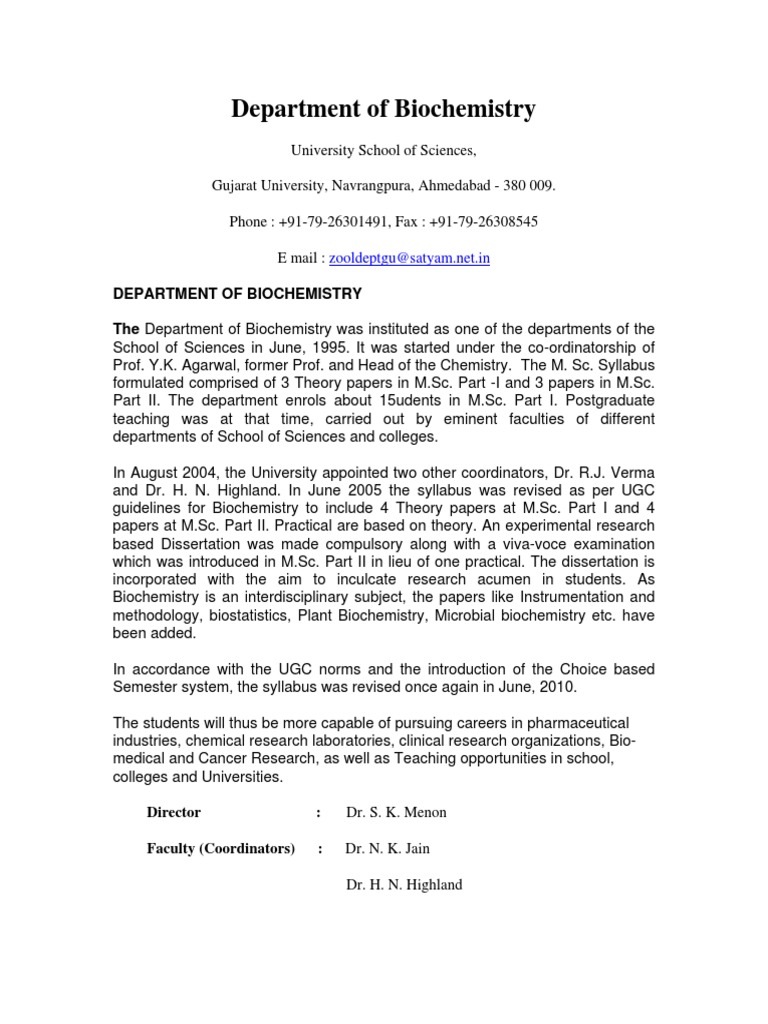In the contemporary realm of scientific inquiry, the interrelationship among biochemistry, biophysics, and bioengineering has burgeoned into a multifaceted domain ripe for exploration. Although these disciplines share a common foundation rooted in the biological sciences, they diverge significantly in their methodologies, objectives, and realms of application. This article will elucidate these distinctions while delineating the unique attributes of each discipline, thereby fostering a comprehensive understanding of their respective contributions to both academia and industry.
At the forefront of these disciplines is biochemistry, which is the study of biological processes at the molecular level. This field encompasses a plethora of topics, from metabolic pathways to the structure and function of biomolecules. Central to biochemistry is the understanding of proteins, nucleic acids, lipids, and carbohydrates—macromolecules that serve as the building blocks of life. Researchers in biochemistry employ techniques such as chromatography, electrophoresis, and mass spectrometry to analyze the intricate interactions and transformations that occur among these molecules.
Biochemistry provides a vital lens through which to view cellular processes, facilitating insights into metabolism, signal transduction, and genetic expression. For instance, a biochemist might investigate enzyme kinetics to elucidate how enzymes catalyze biochemical reactions, ultimately advancing our comprehension of metabolic disorders. The domain’s focus on the molecular basis of life also extends to pharmaceutical development, where biochemists work closely with medicinal chemists to design drugs that target specific biochemical pathways.
Transitioning to biophysics, this discipline stands at the intersection of biology and physics, employing principles of physical science to elucidate biological phenomena. While biochemistry primarily seeks to decode the chemical underpinnings of biological systems, biophysics aims to apply physical theories and techniques to understand the mechanical and energetic aspects of these systems. This comparative approach often involves the use of mathematical models to describe biological processes, thereby enriching the investigation with a quantitative framework.
Biophysicists employ a diverse array of methodologies including spectroscopy, X-ray crystallography, and nuclear magnetic resonance (NMR) to probe the physical properties of biomolecules. For example, the application of NMR allows scientists to analyze the three-dimensional structures of proteins in solution, yielding insights into their functional mechanisms. Thus, research in biophysics can elucidate how molecular dynamics and physical forces govern biological activities, which is particularly consequential in the realm of drug design and targeting.
Moreover, the field of biophysics extends its reach into the realm of macromolecular interactions, where the focus shifts to the forces driving protein folding and stability. Understanding these principles is crucial for pharmaceutical innovation, as many diseases are linked to misfolded proteins. Consequently, biophysicists play an invaluable role in the development of therapeutic strategies to counteract these pathological states.
In contrast, bioengineering encapsulates a broader spectrum of inquiry, aiming to harness biological principles for practical applications, often in an engineering context. This interdisciplinary field amalgamates knowledge from biological sciences, engineering, and technology to devise solutions that address real-world challenges. This can include the design of bioreactors for large-scale production of pharmaceuticals, the development of novel biomaterials for medical devices, or pioneering advancements in tissue engineering.
Central to bioengineering is the emphasis on innovation and application, which can manifest in the creation of synthetic biological systems that mimic natural processes. For instance, bioengineers may design gene-editing tools, such as CRISPR-Cas9 systems, that enable precise manipulation of genetic material. Such innovations are revolutionary, propelling forward the frontiers of medicine and agriculture, while sparking ethical dialogues regarding their implications.
The curriculum for students in these disciplines reflects their unique focuses. In biochemistry, one would typically encounter courses in metabolic pathways, enzymology, molecular genetics, and signal transduction. By contrast, biophysics education often emphasizes advanced mathematics, thermodynamics, and statistical mechanics alongside biology. Meanwhile, bioengineering curricula integrate principles of chemical and mechanical engineering with biological sciences, encompassing topics like biomaterials, systems biology, and biotechnology.
While the three disciplines diverge in perspective and emphasis, they are not mutually exclusive. Indeed, the convergence of these fields is fostering a culture of interdisciplinary collaboration that enhances our understanding of complex biological systems. For instance, advances in biophysical methods are informing biochemical assays, while bioengineering is leveraging insights from both disciplines to develop solutions for pressing global challenges.
Ultimately, the essence of these fields lies in their distinct yet complementary natures. Biochemistry provides the molecular insights into life’s machinery; biophysics unveils the physical principles governing these processes, and bioengineering translates these insights into tangible applications that can impact society. Understanding the unique DNA of biochemistry, biophysics, and bioengineering equips researchers with the tools necessary to tackle the myriad challenges that lie ahead, ultimately advancing not only scientific knowledge but also enhancing the quality of life for humanity.
This epistolary exploration underscores the imperative for continued interdisciplinary collaboration among biochemists, biophysicists, and bioengineers. The confluence of these disciplines not only propels scientific inquiry but also catalyzes innovation that can lead to transformative solutions in health, environmental sustainability, and technology. As humankind confronts increasingly complex biological challenges, the insights garnered from each domain will undoubtedly play a pivotal role in shaping the future.










